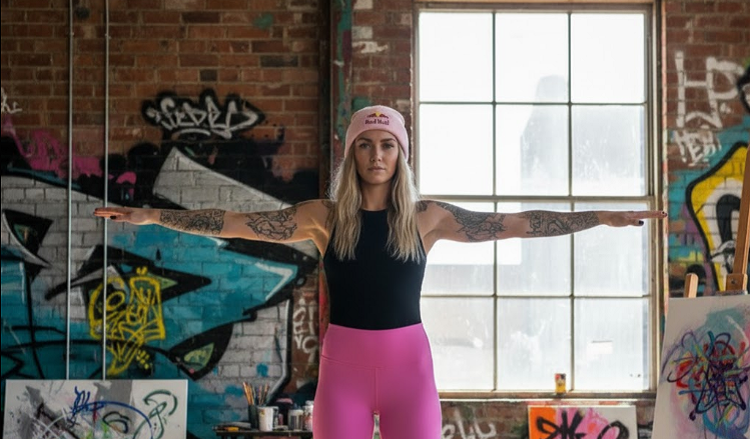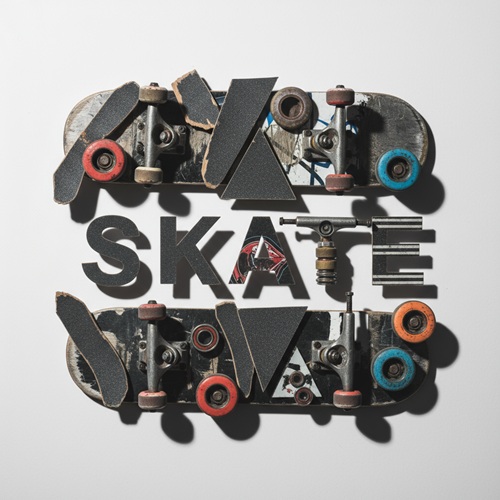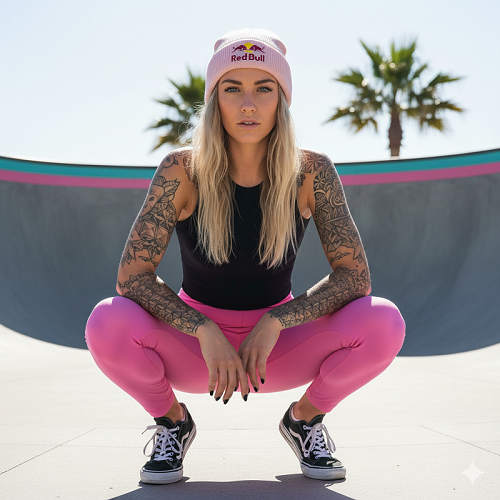Why Deck Size Matters
As a beginner, the width and length of your skateboard deck determine how comfortable and stable you will feel as you learn basic skills. A deck that is too narrow may feel twitchy, while one that is overly wide can be difficult to flip. Street‑focused skaters often choose decks between 8.0 and 8.38 inches because they provide a balance of maneuverability and control. Within this range, 8.25 inches is a popular sweet spot for all‑around street skating. Picking the right deck means thinking about your shoe size, body height and the terrain you ride.
Note: This site uses affiliate links to recommend the best gear—we may earn commissions if purchases are made through links here.

- Recommended Deck Widths for Street and Park
- Deck Shape and Concave
- Length, Wheelbase and Riding Style
- Choosing Based on Foot Size and Shoe Size
- Quick Take
- FAQ
Recommended Deck Widths for Street and Park
Most adult beginners who like street skating or technical tricks will feel comfortable on an 8.0–8.38‑inch deck. If you are shorter or have smaller feet, a deck on the narrow end of this range (around 8.0 to 8.125 inches) will make flips and shuv‑its feel easier, while taller skaters with larger feet may prefer 8.25 to 8.38 inches. When carving bowls or riding transition, bigger decks provide a stable platform. For bowl or pool skating, experts recommend at least 8.5 inches in width. Kids under ten should start with a smaller 7.75‑inch deck, which is lighter and proportionally shorter.
- Street skating: 8.0–8.38 inches (sweet spot around 8.25 inches)
- Park or bowl skating: 8.5 inches and wider.
- Youth skaters (under 10 years): 7.75 inches and shorter.
| Rider Height | Suggested Deck Width | Ideal Use |
|---|---|---|
| < 5’4″ | 7.75–8.125″ | Street / technical |
| 5’4″–5’9″ | 8.0–8.25″ | Street / park |
| > 5’9″ | 8.25–8.5″+ | Park / transition |
Deck Shape and Concave
The width is not the only consideration. Skateboards have different shapes and concave profiles that affect performance. A medium concave deck, which curves gently from side to side, offers a good blend of control and comfort for beginners. Mellow concave feels flatter and can help with balance, while steep concave locks your feet in for flip tricks but can feel less forgiving. Deck shapes vary too: popsicle shapes are symmetric and popular for all‑around use, while old‑school shapes have a pointed nose and wide tail for stability. Beginners should start with a standard popsicle or mellow concave to learn fundamentals.
Length, Wheelbase and Riding Style
The length of a skateboard deck, measured from nose to tail, typically ranges from 31 to 33 inches. A longer board offers more stability and a wider wheelbase (distance between the trucks), which is helpful for taller riders and transition skating. Shorter boards with shorter wheelbases respond quicker and are better for technical street tricks. Most beginners will be comfortable with a standard 31.5 to 32 inch length. When you start focusing on a specific style—like big bowl carves or high‑impact drops, you can experiment with longer wheelbases for stability.
Choosing Based on Foot Size and Shoe Size
Your shoe size is a practical way to decide on a deck width. If you have size 6–8 US (roughly 38–40 EU), an 8.0 inch board will feel appropriate; for sizes 9–11 (41–44 EU), an 8.25 inch deck provides more surface area; and for size 12 or larger, 8.5 inches and above will help your feet sit comfortably over the trucks. Skaters with very small feet or youth shoes should opt for 7.75 inches.
Construction Materials and Durability
Most skateboard decks are made from seven plies of Canadian maple veneer pressed together with glue. Maple is popular because it is strong, stiff and has the right amount of flex for tricks. Some companies experiment with bamboo, carbon fibre or fibreglass layers to reduce weight and increase pop. However, for beginners, a classic maple deck provides reliable durability without the high price of exotic materials. Look for decks from reputable brands that use cold‑pressed manufacturing to ensure even glue coverage and consistent quality.
Quick Take
Quick Take: Beginners usually thrive on decks around 8.0–8.25 inches because they offer balance and control. Start with a medium concave popsicle shape, and adjust up or down depending on your height and shoe size. Larger boards improve stability for transition, while smaller decks make flip tricks feel snappier.
FAQ
What size skateboard should a 10‑year‑old start with?
Kids around 10 years old should start with a 7.75 inch wide deck that is proportionally shorter to match their smaller shoe size:contentReference.
Is an 8.25 inch board good for beginners?
Yes, 8.25 inches is a versatile size that suits most adults because it balances stability and manoeuvrability.
Can I ride a wide deck for street skating?
Wide decks (8.5 inches or more) provide stability but are heavier to flip. They are better for transition or big‑vert riding than for technical street tricks. Although many pro street skater prefer the wider boards. In the end its all up to what works for you.
See also: Matching Truck Sizes

